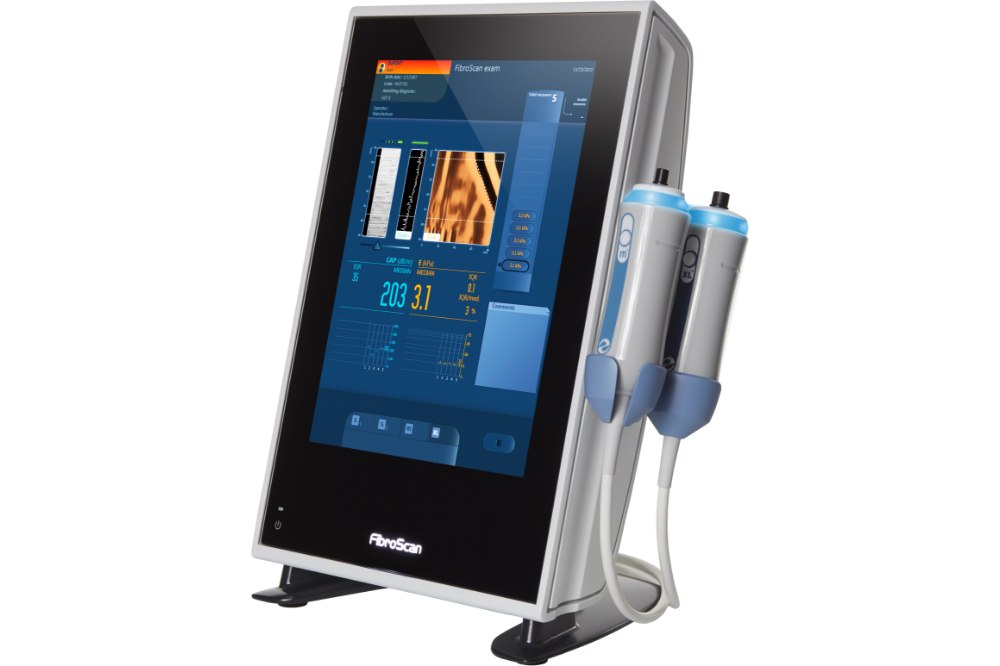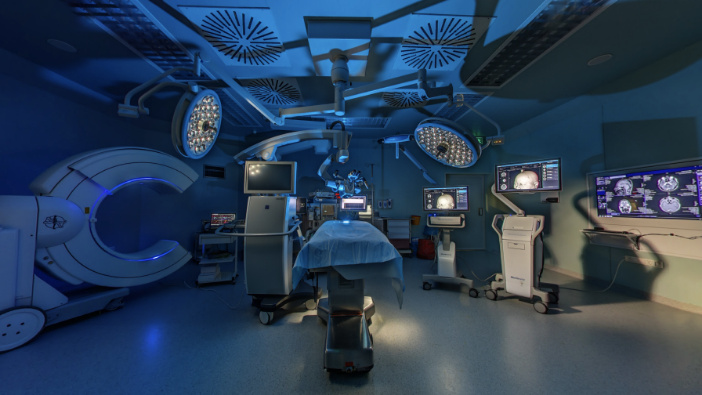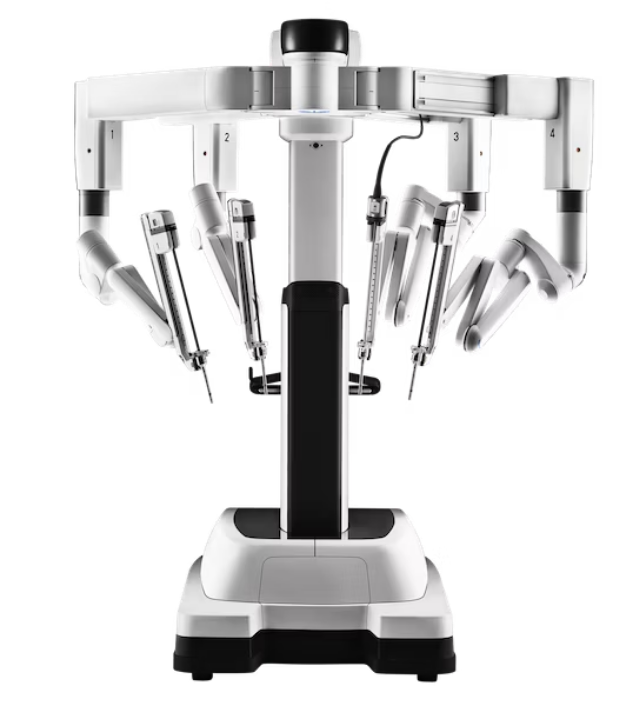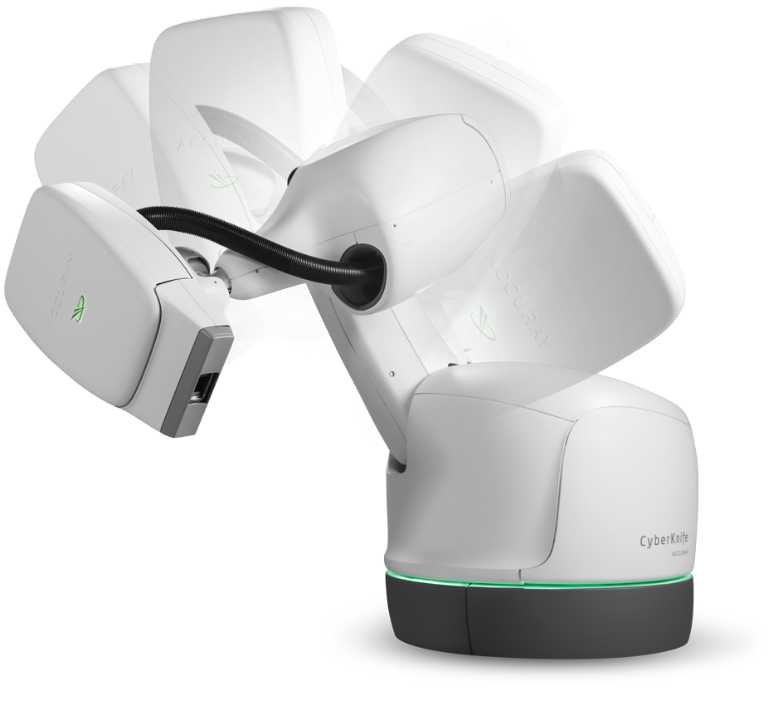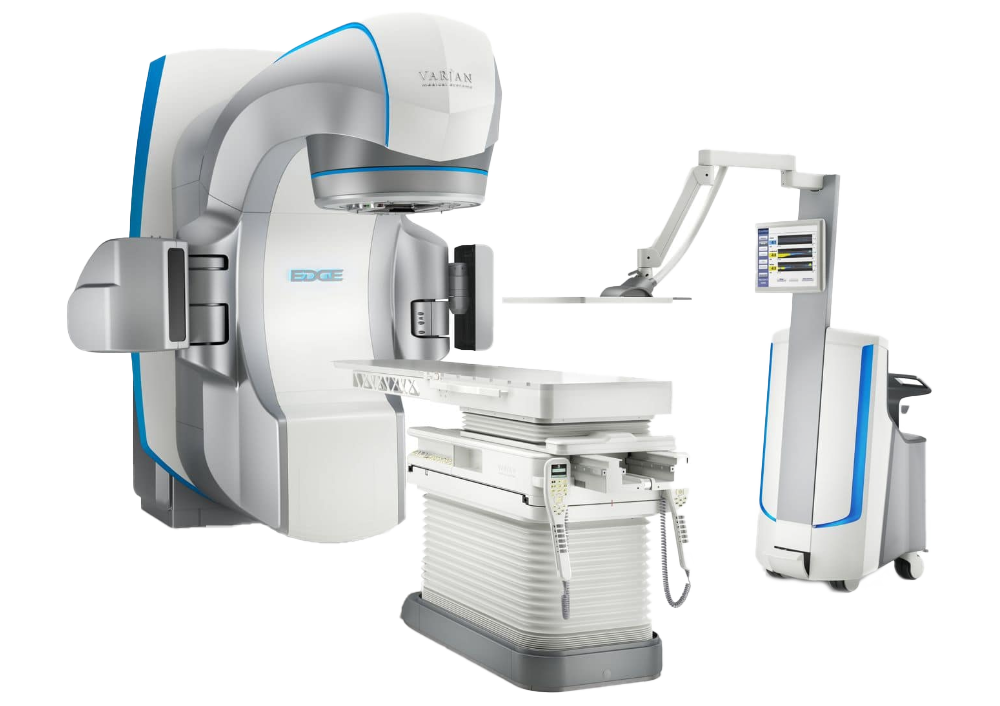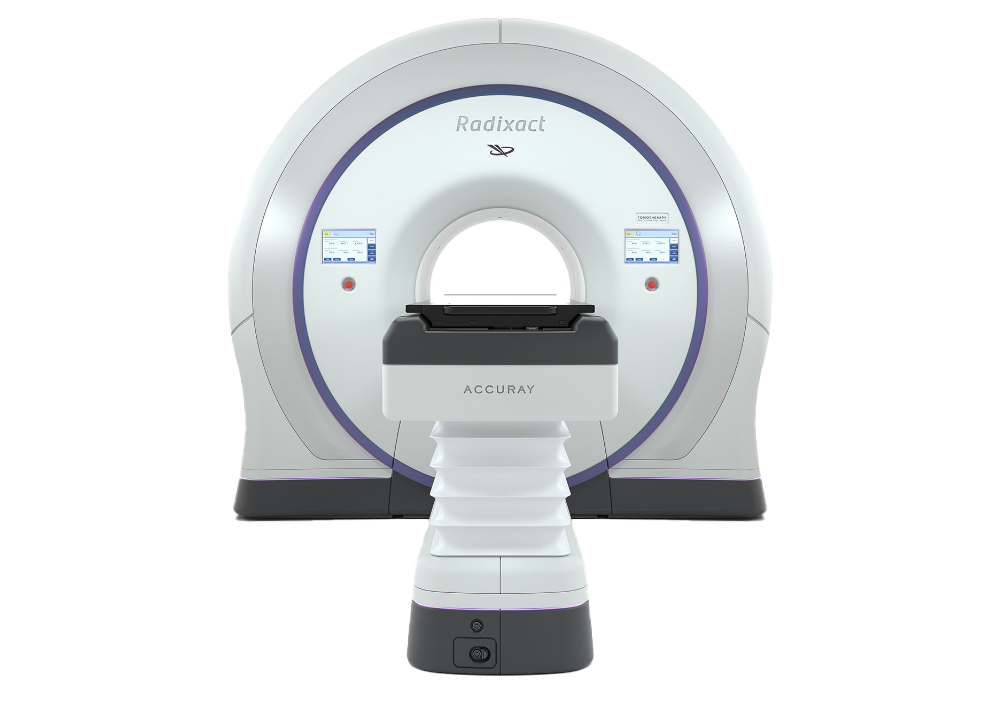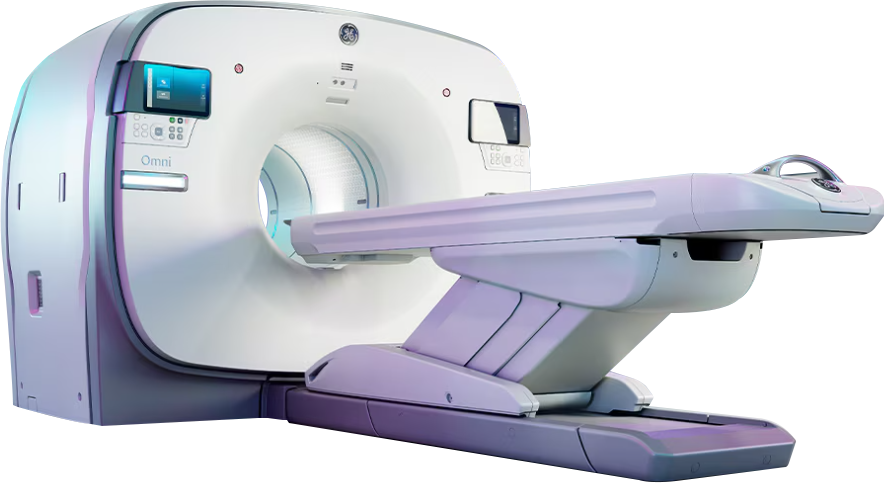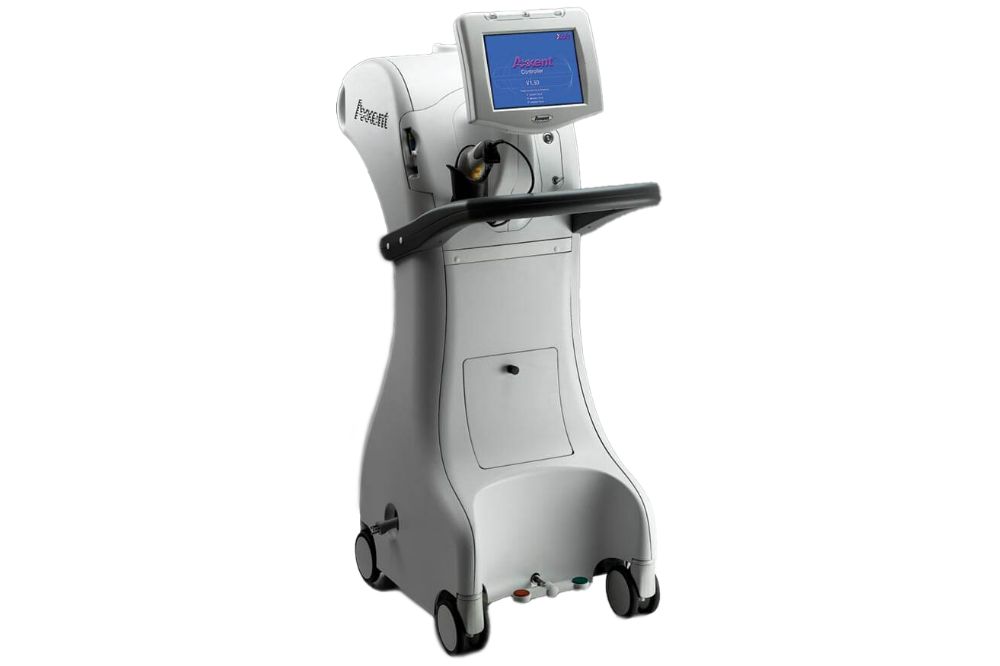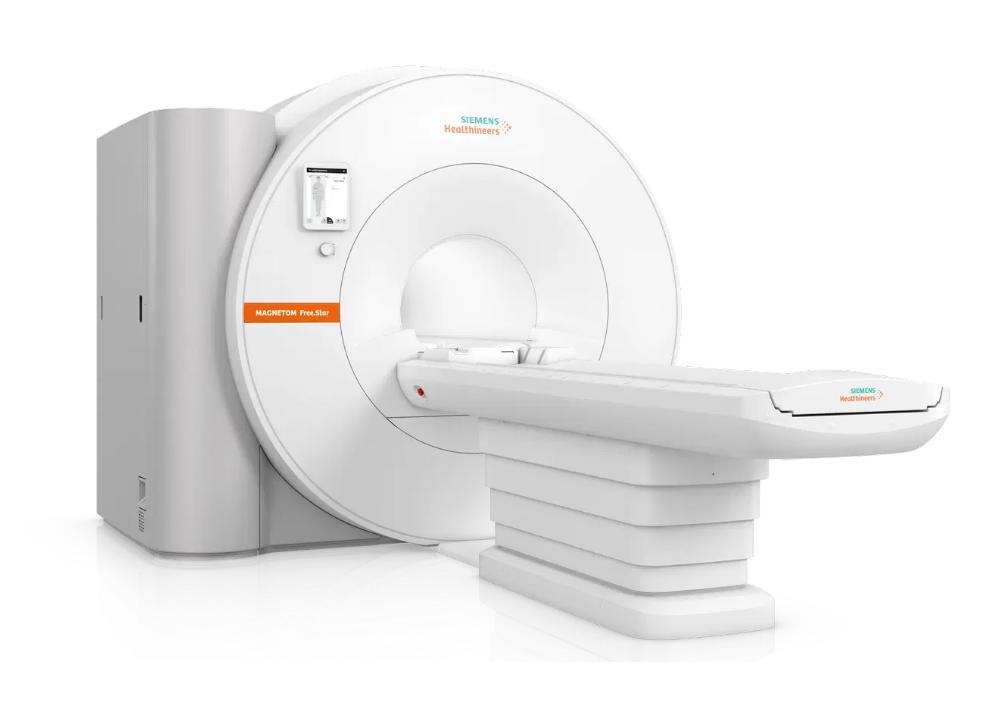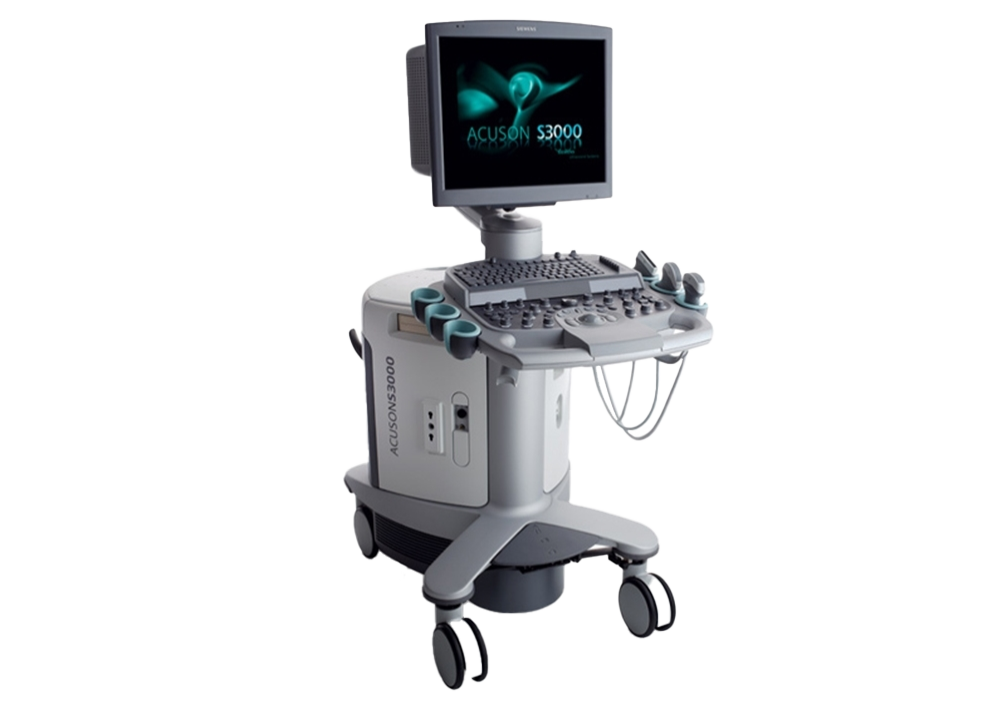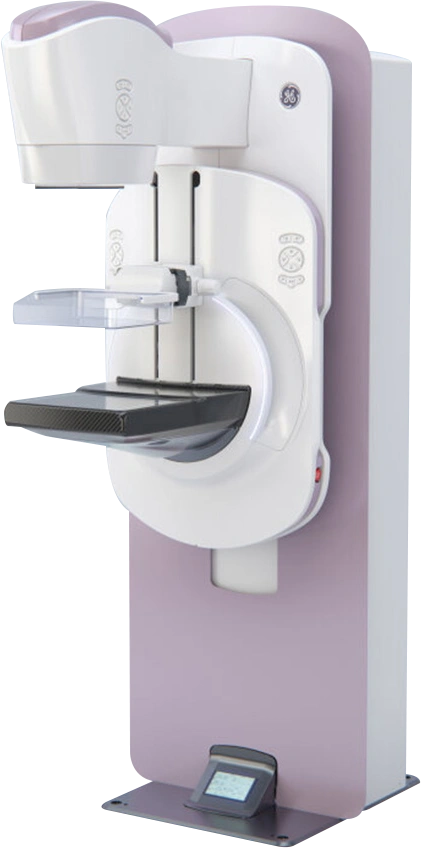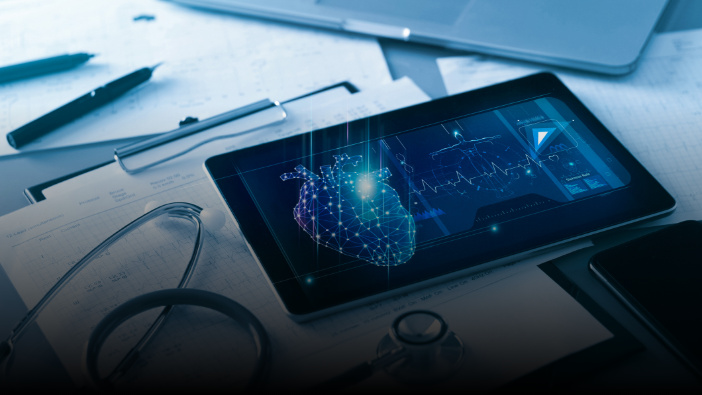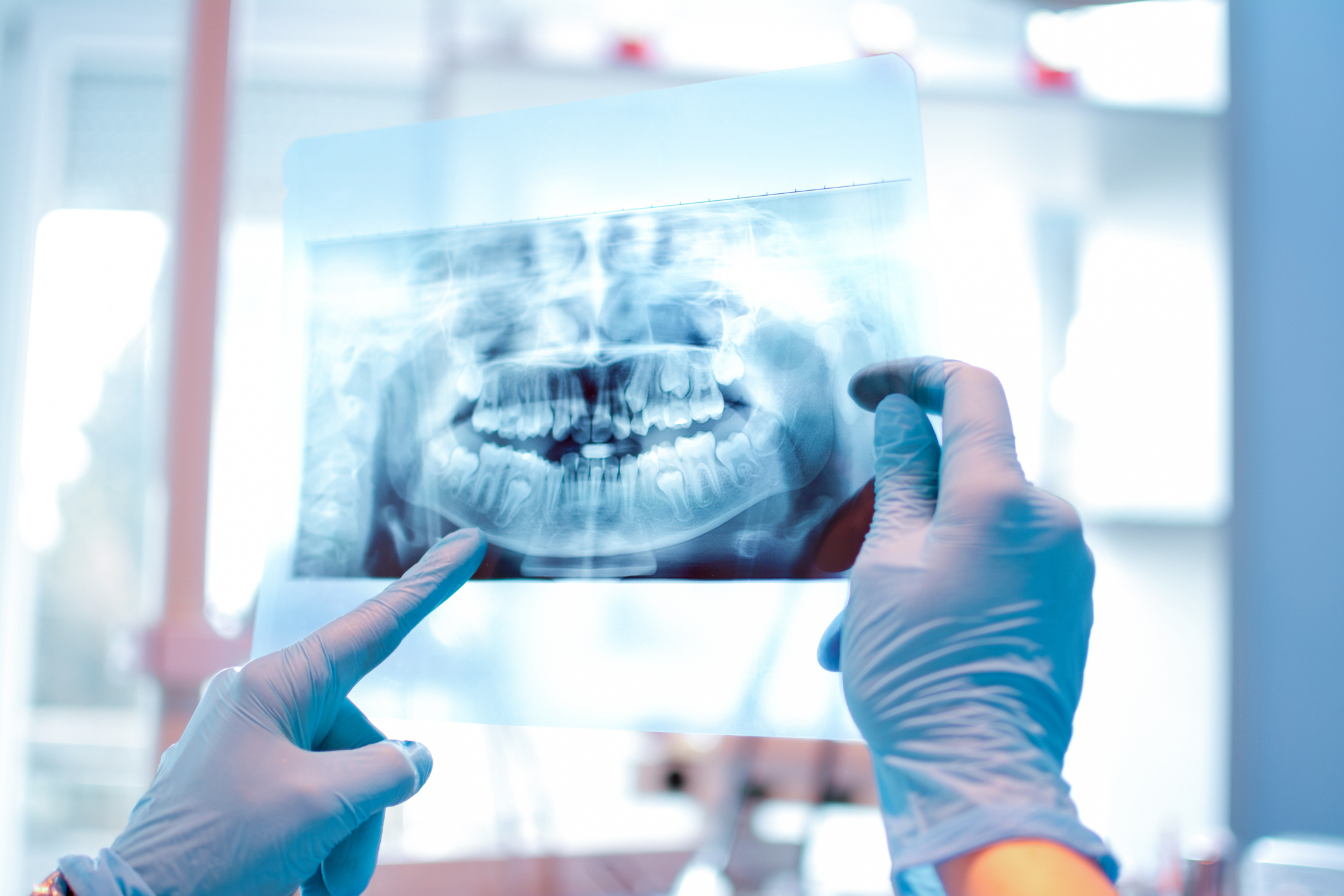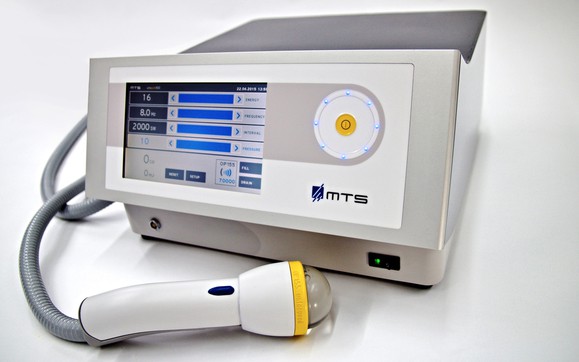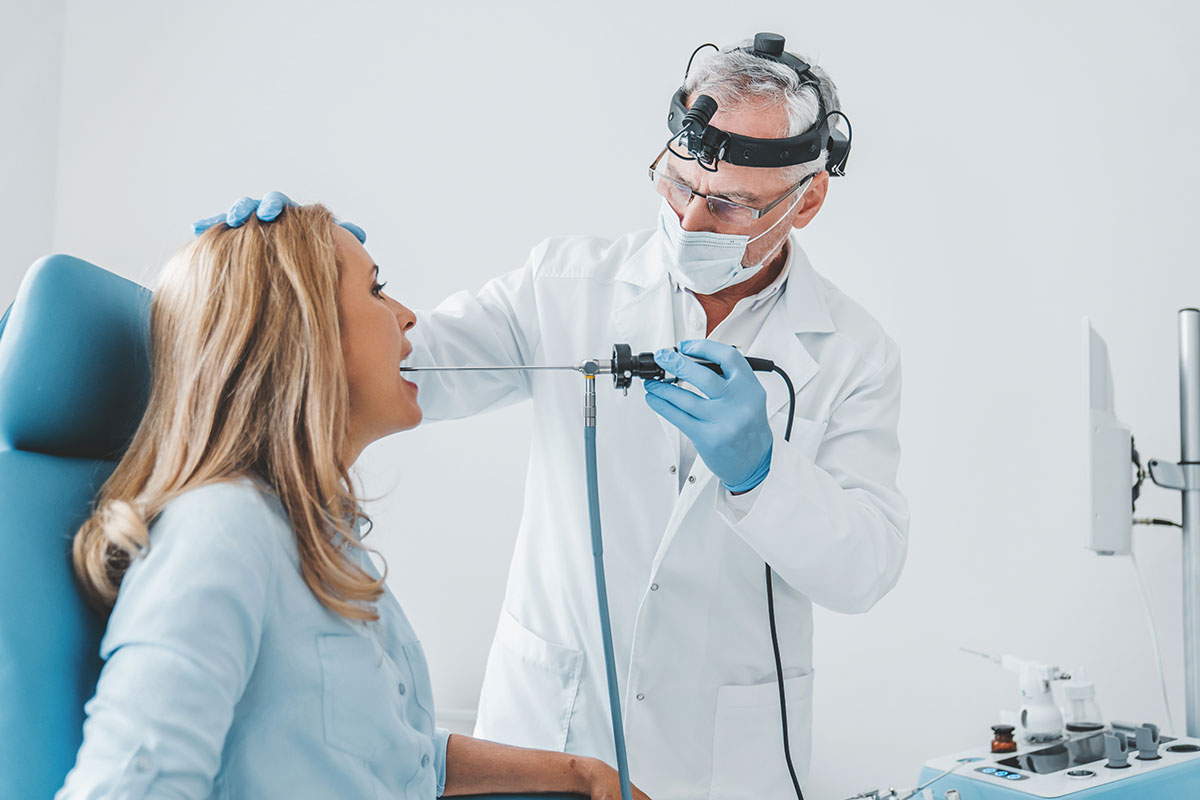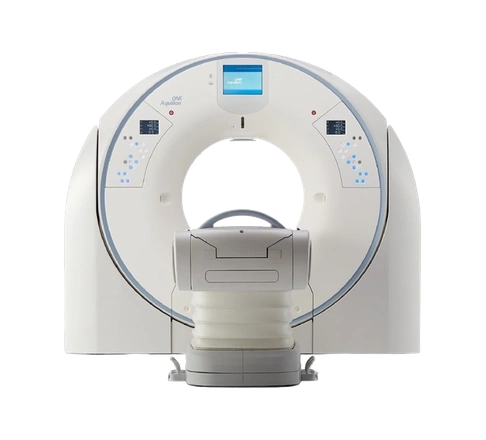4D Mammography
What is 4D Mammography?
Advancements in imaging techniques are also remarkable. For example, while it was previously only possible to obtain a maximum of four images of the breast, today approximately 80 different images can be taken, allowing for a detailed examination of the breast tissue.
As known, mammography is a diagnostic method used to examine breast tissue using low-dose X-rays. It is used for detecting breast cancer and reducing deaths caused by breast cancer.
In recent years, there have been two significant developments in mammography:

1. Full-Field Digital Mammography (FFDM)
Digital mammography has certain advantages over conventional (classic) mammography. For instance, problems associated with film quality, processing issues, and transportation in conventional mammography are not encountered.
Many processes that require retakes in the conventional method can be performed without repetition in a digital environment, and the images can be enlarged. Digital images can be copied, transferred to computer environments or CDs, and archived. The examination time and radiation exposure are also less in digital mammography.
2. Digital Tomosynthesis
While images in normal mammography are obtained in two dimensions, tomosynthesis takes millimeter-thick slices of the breast and produces a three-dimensional image. This way, the internal structure of the breast tissue can be viewed more clearly, and if a tumor is present, its location can be determined in 3D. In normal mammography, normal tissues may overlap, hiding the cancer or creating false cancer-like images. However, this issue can be resolved with this method, as it allows for sectional evaluation of the breast tissue.
If a mass detected by mammography is present, ultrasound becomes a complementary method for investigating the internal structure of the mass, or if an increase in suspicious density is seen on mammography or a mass is detected during a physical exam. Therefore, performing ultrasound examination simultaneously with mammography increases the reliability of the examination.



